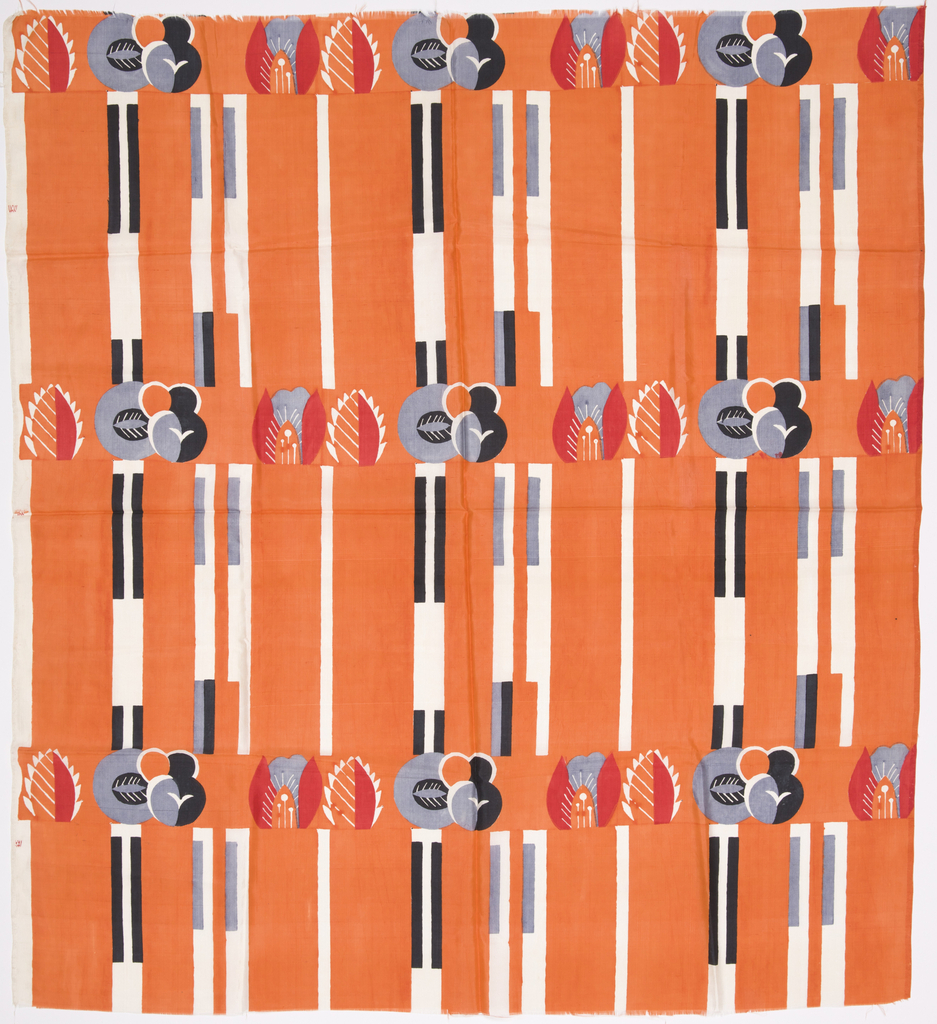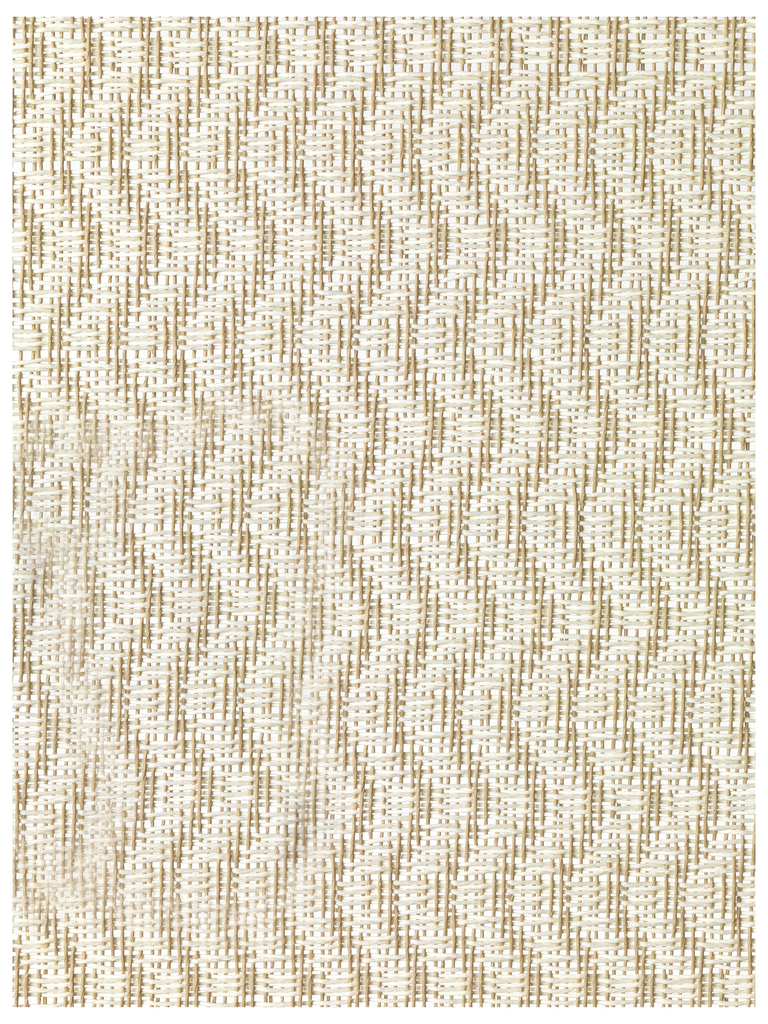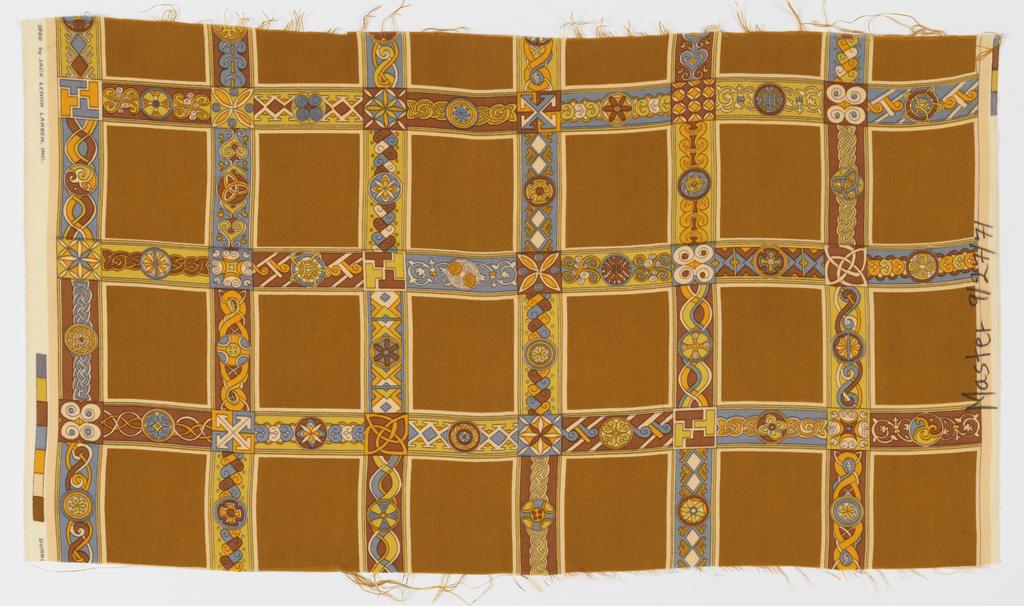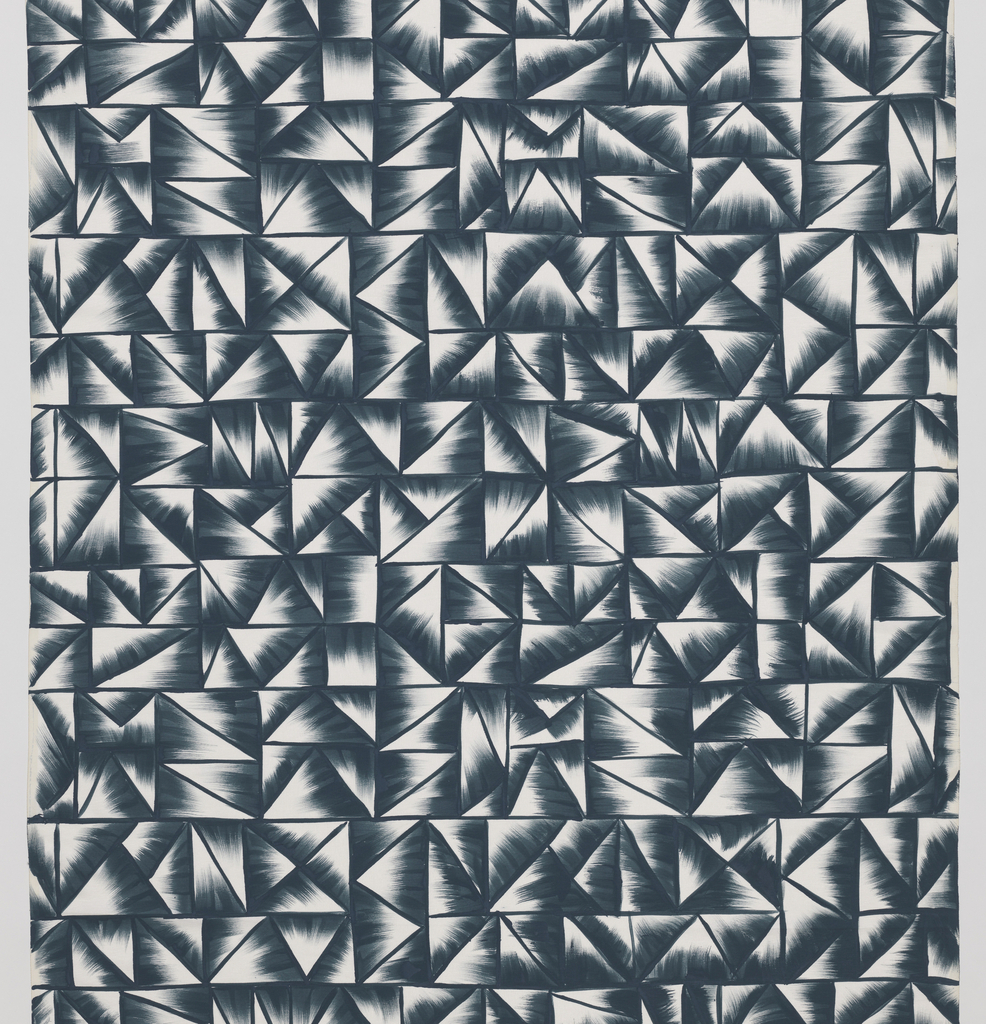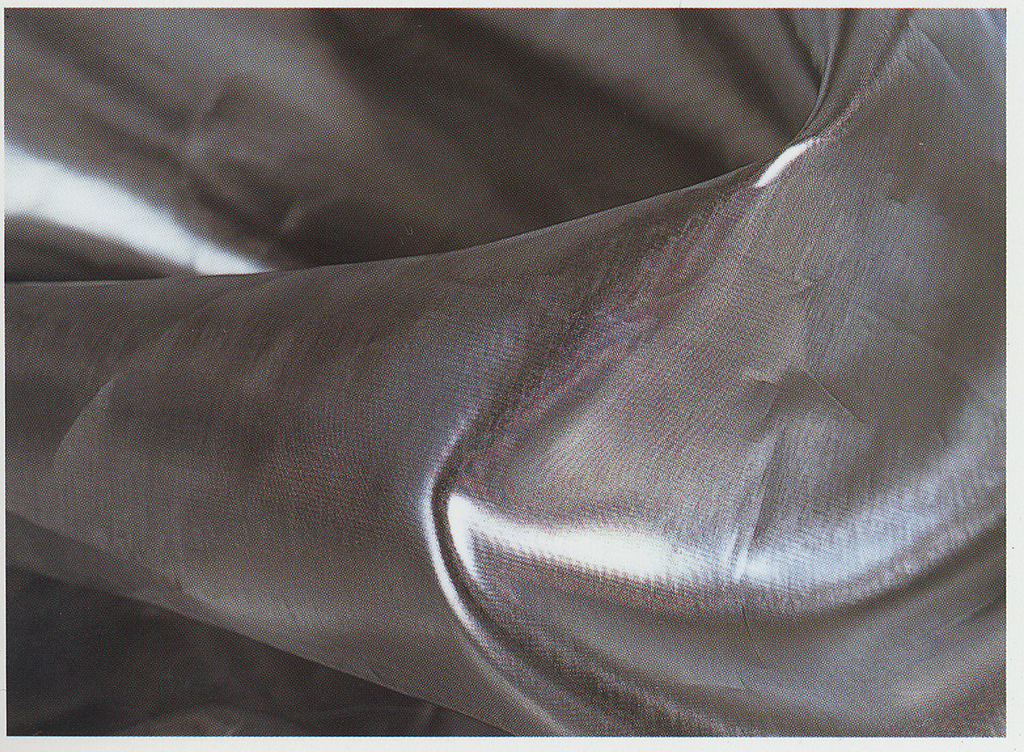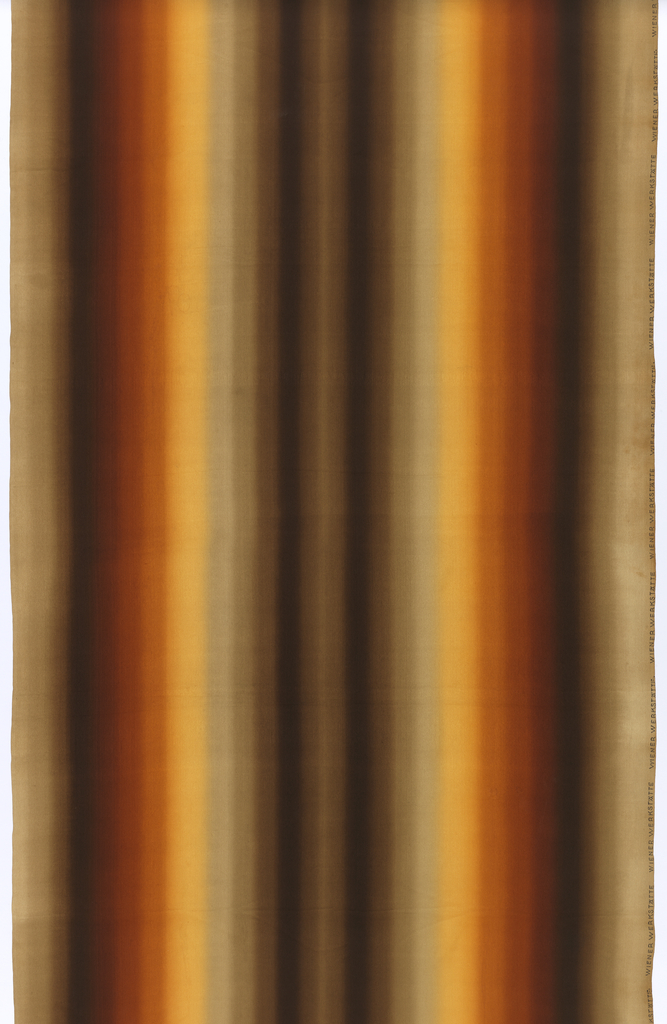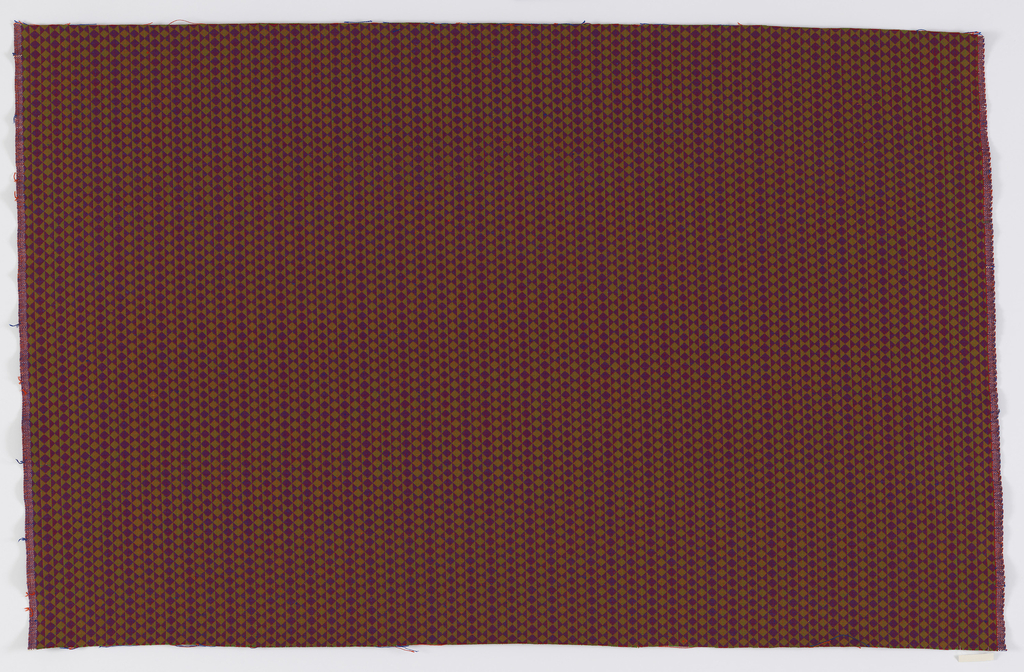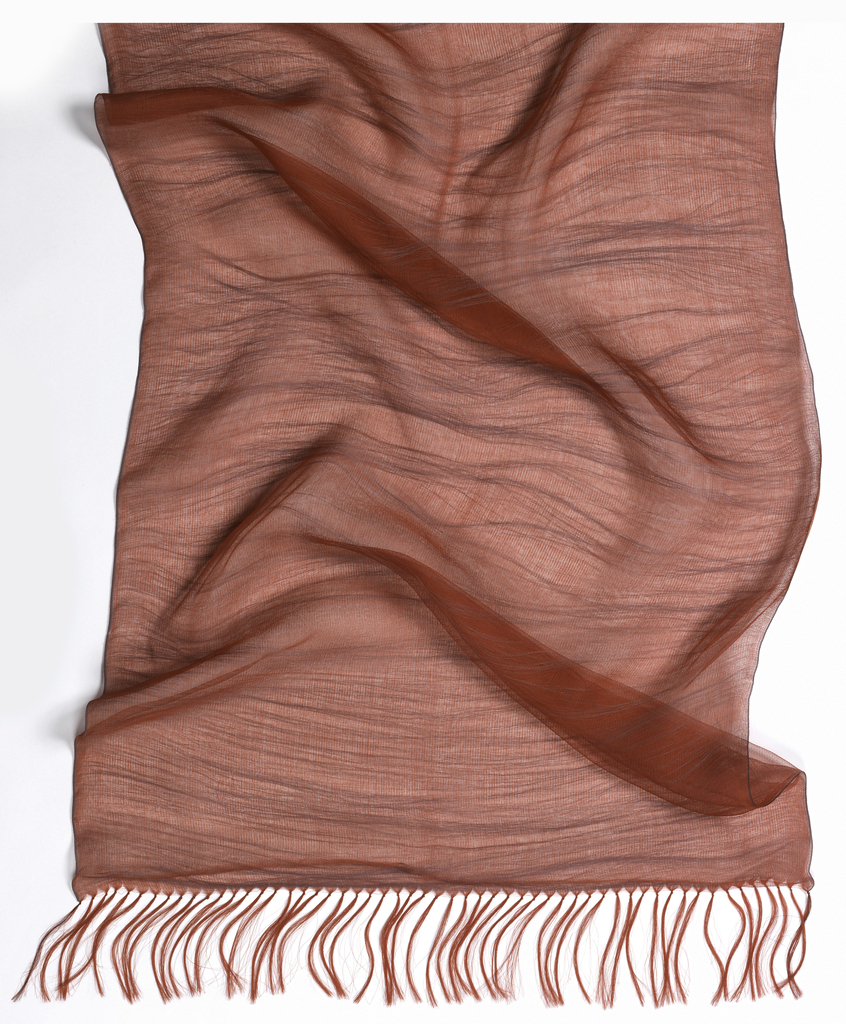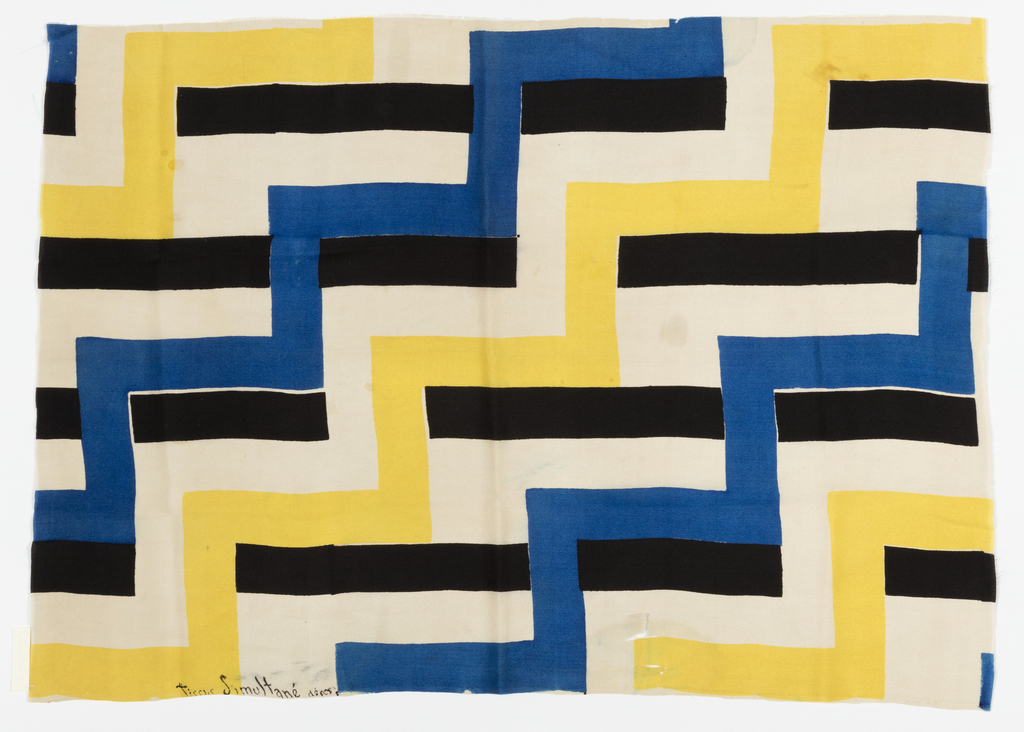Mathilde Flögl was a prolific and multi-disiplinary designer at the Wiener Werkstätte. Her experience as a graphic designer translated well for much of the surface design she executed in wallcoverings, glass, ceramics and textiles. She created ceramic figurines, assisted Josef Hoffmann with the ornamental elements in his metal work and interiors, and designed lace patterns...
The original idea behind the Finnish design firm, Woodnotes, was to combine artistic creativity with inspiration from two basic Finnish materials: wood and paper. All of the products by Woodnotes utilize paper yarn that is spun from durable kraft paper. The amount of paper used in the textile varies between 70–100%, with cotton as the...
In 1965, Jack Lenor Larsen made the first of sixteen trips to Ireland at an invitation from the Irish Export Board to develop fabrics for interiors. Using a mill specializing in worsted wool and a Donegal handweaving operation, he produced worsted damasks and tweed and satins with vegetable-dyed screen prints, which make up his 1969...
Fresco is a hand-drawn and -painted textile created by a team of Indian calligraphers. Formerly employed to paint cinema billboards, these painters now produce craft fabrics. The uniqueness of each textile is only discernible under close scrutiny, when one notices slight variations of lines and the occasional stray ink marks. This overall consistency of application...
Stainless Steel Gloss was designed by Reiko Sudo, one of Japan’s most important contemporary textile designers. Educated at Musashino Art University, she and Junichi Arai were the co-founders in 1984 of the Japanese company and store, NUNO, which produces textiles of extraordinary ingenuity and beauty. Sudo and the other designers at NUNO combine tradition and...
Matilda McQuiad discusses this ombré textile by prominent Austrian designer Dagobert Peche.
Millmosaic was introduced in 1960, while Alexander Girard was head of the Textile Division at Herman Miller.[1] His work derived from a wide range of sources such as ancient and folk art, however the design for Millmosaic was most likely inspired by his interest in contemporary art, or more specifically, Op Art. The geometry of...
Airy Weave is an excellent example of technologically innovative contemporary Japanese textiles. It is a triple layer silk fabric woven on a jacquard loom with a middle layer that has no warp, which allows the weft threads to float independently of the two outer layers. The resulting structure highlights the textile’s dimensionality and movement, as...
Tissu simultané no. 46, a bold geometric design of blue, yellow, and black lines on a white ground, has the hallmark characteristics of Sonia Delaunay’s textiles from the 1920s: contrasting colors with abstract, geometric, or rounded patterns that are block-printed on cotton or silk fabric. In fact, she often printed the same pattern and colorway...
